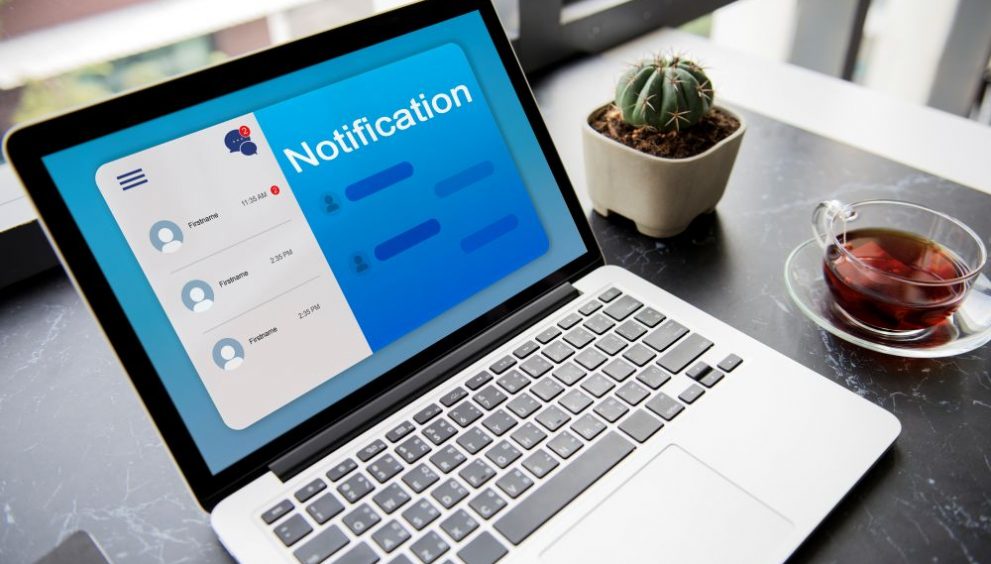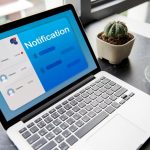Unexpected password alerts, questions from contacts about emails that you didn’t send, or weird sign-ins that you see on the security page can make you feel uncomfortable. In such cases, the fastest recovery of a Gmail account hacked is the most important thing and stopping the abuser from using the account again.
The first thing you will see in this article is the list of warning signs, then immediate steps, Google’s recovery procedure, the clean-up after getting back the account, and daily security practices for users in India.
Signs Your Gmail Account Has Been Hacked
Early detection limits damage. Watch for the following:
- Unrecognised sign-ins from cities or devices that were never used.
- Password change emails that were not requested.
- Messages disappearing from the Inbox or Sent folder appear with unknown content.
- Bounced emails for messages that were never sent.
- Recovery phone number or backup email was added or changed without approval.
- Two-factor prompts are showing up unexpectedly.
If one or more signs appear, treat the situation as a compromise and begin recovery by running a full scan with Total Security Antivirus.
Immediate Steps to Take if Your Gmail Account Is Compromised
Act in this sequence to stabilise the situation:
- Switch to a safe connection: Leave public Wi-Fi and connect to a trusted home or office network.
- Scan the device: Use reputable security software to check for spyware or keyloggers.
- Sign out everywhere: In Google Account settings, sign out of all sessions to kick out unauthorised users.
- Update recovery details: Confirm the correct phone number and backup email are on file.
- Alert close contacts: Ask them to ignore unexpected links or attachments that may have been sent.
- Note suspicious activity: Keep a short list of odd events to help during recovery.
Change Your Password and Enable Two-Factor Authentication
Make a powerful and unique password of at least 12 characters that includes letters, numbers, and symbols. Do not use names, birthdays, or patterns. After the reset, enable two-factor authentication using Google Prompt, an authenticator app, or a hardware key. This one move helps prevent many common cyber attacks and makes it far harder for hackers to attempt Gmail password recovery or maintain unauthorised access.
Check Recent Activity and Remove Unknown Devices
Open the Security tab of the Google Account, then review your devices and the recent security activity timeline. Sign out of any device that is not recognised, and remove old phones or laptops that are no longer in use. This clean-up is essential for hacked Gmail recovery, because persistent sessions allow a criminal to re-enter even after a password change.
Recover Your Gmail Account Using Google Account Recovery
If full access is lost, go to Google’s account recovery page. The flow adapts to what is remembered, such as an older password, security prompts on a known phone, or codes sent to the backup email. For the best chance to recover Gmail account access:
- Use a device that was previously signed in to the account, ideally from the regular location.
- Answer questions carefully and avoid rushed guesses.
- If a step fails, try again later from the same familiar device and network.
Steps to Verify Your Identity During Recovery
To prove ownership, Google may request one or more of the following:
- A verification code to the registered phone number.
- A code was sent to the backup email.
- Confirmation from a signed-in Android device or the Gmail app on iOS.
- Security questions, if they were set up earlier.
- The month and year when the account was created. This can be estimated by checking the earliest email in the Inbox on another connected device, such as an old phone.
These checks help the system confirm my identity and can still recover my Gmail account even if someone else changes my password, including in incidents involving different types of malware.
Secure Linked Accounts and Connected Devices
Regaining the mailbox is only one part of recovery. Many services depend on Gmail for sign-in or password resets. Prioritise the following:
- Banking, UPI and payment wallets such as net-banking portals, Paytm, PhonePe, and card provider apps.
- Social networks and messaging, including Instagram, Facebook, X, and WhatsApp Web.
- E-commerce and travel accounts are used for orders and bookings.
- Cloud storage and productivity tools, for example, Drive, Photos, and third-party storage.
Change passwords on each important service, especially where a password was reused. This prevents attackers from using email access to pivot into other platforms.
Review and Revoke Third-Party App Access
In Google Account settings, open Security, then Third-Party Access. Remove tools or sites that no longer need permission or are not recognised. Re-authorise only what is necessary after stabilising the account. This step closes hidden backdoors that can quietly undo earlier fixes, and it supports long-term Gmail account recovery and security.
How to Prevent Future Gmail Hacks
Good habits reduce risk without adding much effort.
Create Strong and Unique Passwords
Strengthen account defences with simple, consistent habits that protect every online login.
- Use a trusted password manager to generate and store unique credentials.
- Avoid recycling passwords across services, even with small changes.
- Update old passwords that were created before adopting stronger practices.
- Consider passphrases that are long, memorable, and not based on personal data.
These practices reduce the chance of needing to recover Gmail password again.
Be Cautious With Phishing Emails and Links
Phishing remains common across India, particularly around tax season, festival sales, and bank verification requests. Protect the account by:
- Checking the full sender address, not just the display name.
- Hover over links on a desktop to view the real destination before clicking.
- Avoid using shortened links in unsolicited messages.
- Treating urgent payment notices or OTP requests with caution, then confirming by a separate channel, such as an official helpline.
- Reporting suspicious emails in Gmail so filters improve.
With careful handling of links and attachments, it becomes much harder for criminals to capture credentials and then try to recover my Gmail account for misuse.
Use Trusted Security Software for Ongoing Protection
Keep the operating system, browser, and mobile apps up to date. Install reliable security software that can detect malicious downloads and unsafe sites. Enable alerts for sign-ins and security events. These measures support day-to-day safety and make it easier to recover a hacked Gmail account quickly if trouble returns.
Final Thoughts on Recovering a Hacked Gmail Account
A compromise is stressful, yet a calm checklist works. Confirm the signs, secure the device, sign out everywhere, change the password, switch on two-factor authentication, and remove unknown devices. If locked out, follow the official recovery process patiently. After regaining access, rotate passwords on important linked services and prune third-party permissions. With these actions, users can recover a hacked Gmail account more reliably and build habits that protect against repeat incidents.
frequently asked questions
-
Is it possible to recover a hacked Gmail?
In many cases, yes, especially if action is taken quickly. Use the Account Recovery page to verify ownership via the registered phone or backup email, change the password, and enable two-factor authentication. A careful clean-up of devices and app access strengthens hacked Gmail recovery.
-
How do I recover my Gmail password without a phone number or recovery email?
Try the recovery flow from a device and location that previously signed in. Provide an older password if remembered. The system may offer alternative checks, which can still help to recover Gmail password and then restore access.
-
What is the first thing you do when you get hacked?
Move to a safe network, run a malware scan, sign out of all sessions, and change the Gmail password. Then review devices, recovery options, and notify contacts. This stabilises the account while beginning to recover a hacked Gmail account.
-
Should I delete a Gmail account if I was hacked?
Deletion is rarely helpful. Once access is restored, strengthen security, remove unrecognised devices, review third-party permissions, and change passwords on linked services. This approach protects data without losing essential logins.
-
How do I remove a device from my Google Account?
Open Security in the Google Account, choose Your devices, select the unknown device, and choose Sign out. Repeat for anything that is not recognised. Regular checks make it easier to recover Gmail account security if issues reappear.



